A 21-year-old Native woman disappeared in 2013 after a Fourth of July festivity was held in Lame Deer on the Northern Cheyenne Indian Reservation in Montana. There was much speculation on why she didn’t able to return home to her 10-month-old baby that night, with her family fearing that she’d become the latest victim of what they called ‘an epidemic of the Missing and Murdered Indigenous Women.’ The Hanna Harris case was featured in the episode “Mom Gone Missing: Runaway or Murder Victim?”, the season finale of MTV’s “True Life Crime”, which aired on 26 February 2020.
“True Life Crime”
Over the years, shows about violent crimes including murders have become one of the most-watched genres on television, as viewers’ minds become engaged in solving mysteries and puzzles. True stories might have shocked many on how cruel the world or fate could be, but they also impart lessons that could make the difference between life and death.
“True Life Crime,” a spin-off from MTV’s “True Life” documentary series, premiered on 8 January 2020, with Dometi Pongo as the presenter. With all the real-life crime series that were on TV screens or streaming services these days, what made this documentary different was that Dometi focused on the marginalized, those people whom society had forgotten about. He said, ‘Society, for whatever reason, hasn’t covered their stories with the same level of attention and detail and care that we do for stories that appeal to the general market.’
https://www.facebook.com/truelife/photos/a.493393987570/10159835173732571/
The story of Hanna Harris
Hanna DeAnn Harris, also called Hanna Bear, was born on 5 May 1992, to Sam Long and Malinda Harris in Billings, Montana, and grew up on the reservation. She had a Catholic upbringing, and a life that was steeped in Northern Cheyenne traditions. She was described by loved ones as spontaneous and highly adventurous. Her cousin Marti Fisher, whom Hanna had been very close to as they grew up together like sisters, said that Hanna was the one who would often come up with some crazy idea that would get them into trouble.
She was the ‘wild one’, at least until her life changed when she became a mother. After she matriculated from Billings West High School in 2010, she fell hard for a guy, and moved in with him in Billings. She gave birth to their son on 28 August 2012, but when her son, Jeremiah or Nellie’ek Rayous was 10 months old, she asked her grandmother Clara Harris, to come and get them as she was leaving the baby’s father for good. Her family and friends weren’t surprised by this, as they were both very young.
The night Hanna disappeared
The Independence Day celebration in Lame Deer was huge, usually beginning with a pow-wow on the 3rd July, a gathering in which Native Americans could share and show off their culture and heritage. There would be lots of food, music, dancing, and a fireworks display, as it was a night in which people from the reservation and even those who had moved away could all come together to have a grand time, and ‘to heal the soul.’ It had been nine days since Hanna returned, and she decided to enjoy the festivities; she left her baby with her uncle Elton that night.
Marti was at the pow wow with her friends and she saw cousin Hanna having the time of her life, dancing and drinking. By the end of the fireworks show, it was quite evident that Hanna was so far gone that she shouldn’t be driving herself home. Marti wanted Hanna to hand the car keys over to her but the latter refused, and they had a heated argument, ending with them going their separate ways. Myra Fisher also saw Hanna that night, but only for a short time, with the latter assuring her aunt that she was fine, and then they hugged and said their ‘I love you’s.’
Today is Hanna Harris’ birthday – her life and legacy continues as this day has become the National Day of Awareness for Missing and Murdered Indigenous Relatives since 2018. Remember Hanna. Take action.
Register to Run For Justice with us: https://t.co/0Ko0fauoRA pic.twitter.com/aE4aXKJShD
— Jordan (@_NativeInLA) May 5, 2021
July 4, the day after
At five in the morning the following day, Hanna’s mom Malinda arrived at the local gas station where she was working, and the first customer who came in informed her that Hanna’s car was seen parked over at Muddy Creek Road, and it had flat tires. Malinda did wonder why it was there, as that was a dead-end road at the edge of the reservation, but thought to herself that Hanna had probably gotten a ride with someone she knew. She began to worry when hours later, nobody had seen or heard from her, particularly Elton who was babysitting Jeremiah, and was freaking out as there was no more breastmilk to feed the baby. After work, she asked a tribal police officer whom she ran into for assistance in locating her daughter, but was told that Hanna was an adult, who might have left on her own accord, still be out partying with friends, or sleeping off a hangover somewhere.
Desi Rodriguez-LoneBear, a tribal representative and activist, had seen first-hand the struggles of the community in cases such as this. She said, ‘My whole life I was raised that if something’s wrong, you don’t call the police. They’ll never show up…you call your family, call in your community.’ She also said that a Native woman was stereotyped as someone who partied for days, or would be drunk for days.
July 5, filed a missing report
Hanna’s sister, Rose, no longer lived at the reservation. It had been weeks since she had her wedding, and she went back to hold her reception on the 5th of July, as there would be more family around. When Hanna still failed to show up, they knew that something had really gone terribly wrong; they were close, and missing this event was unthinkable. They went to the police station and reported her missing. It was the second time they talked to the police, and they were disappointed when they were told that the police were stretched thin due to the holiday weekend. If Hanna wasn’t found by Monday, then they would step in. The officers also told Matilda that she could search for her daughter herself if she wanted to.
One couldn’t help but wonder why the police treated this case the way they did. In “True Life Crime,” MTV News Reporter Dometi Pongo went to the Northern Cheyenne Law Enforcement Center to shed light on the matter, but was given the runaround. It made him think how the families with loved ones missing felt, as they were looking for answers but unable to get them from the very people who were supposed to protect and serve them.
https://www.instagram.com/p/CR1urgqLJWy/
A large portion of the reservation lies within Rosebud County, so Dometi reached out to its sheriff, Allen Fulton. He learned that the sheriff had been working on the weekend that Hanna went missing but they had no jurisdiction on the reservation, as it was considered a sovereign nation. The police in the reservation were managed by the Bureau of Indian Affairs (BIA), which was a federal agency, and the BIA never asked for assistance on Hanna’s case from the Rosebud County police force.
What could have happened to Hanna?
Did Hanna run away? It wouldn’t be the first time she did something like that; when she was 16, she had taken off to Wyoming with a boy, but was eventually brought back home. During her teenage years, she would get crazy ideas and take off numerous times, but would call her grandmother Clara to come and get her. It was a possibility that the stress of being a new mom and being separated from the baby’s father had gotten to Hanna, however, there was no doubt in Malinda’s mind that Hanna would never abandon her baby. Although Hanna was young and wild, she had embraced motherhood, and rarely left Jeremiah’s side after returning home. If she went off to hang out with her friends, she would make sure that she was back in time to breastfeed her baby.
They also looked into her ex-boyfriend. The first time Clara met him was when Hanna was having an ultrasound; the guy was pacing back and forth in the room, as he apparently found it hard to be in an enclosed room as he’d been in prison for nearly killing someone. It made Clara worry and feel scared for her granddaughter upon hearing that, however, he was ruled out as the perpetrator, as he had a solid alibi with witnesses placing him in South Dakota on the night Hanna disappeared, which was 300 miles away from the reservation.
https://www.facebook.com/truelife/videos/2768799666546625
Could Hanna be a victim of human trafficking? Highway 212 ran directly through the heart of the reservation, and with thousands of trucks passing by, there was a chance that Hanna was trafficked. However, pursuing this angle was difficult.
A mother’s search for her missing daughter
Lame Deer was a small town where everyone knew everybody else, so Malinda along with Rose and Myra went around asking people about Hanna, as they tried to figure out what happened to her after she was last seen by her loved ones at the pow wow, before midnight.
Who were the last persons who had seen Hanna?
Someone had seen Hanna at about 1:30 am, outside the infamous drinking hangout Jimtown Bar, located off the reservation, which was a stone’s throw from its northern border on highway 39. She was with Eugenia Ann “Gena” Rowland and Garrett Sidney Henderson Wadda, local drifters known to Hanna and the community. According to her aunt, Hanna had even brought Gena to a Father’s Day cookout. Malinda talked to the bar owner and the latter agreed to show her the surveillance video on the night in question; Garrett was seen leaving the bar around that time.
They tracked the couple down to the grocery store, Lame Deer Trading Post, and approached Gena, who denied knowing where Hanna was. Malinda convinced Gena to go with her to the police station and give a statement. She begged the police to question Gena, who was believed to be the last person to have seen Hanna. The police proceeded to do just that and then let her go.
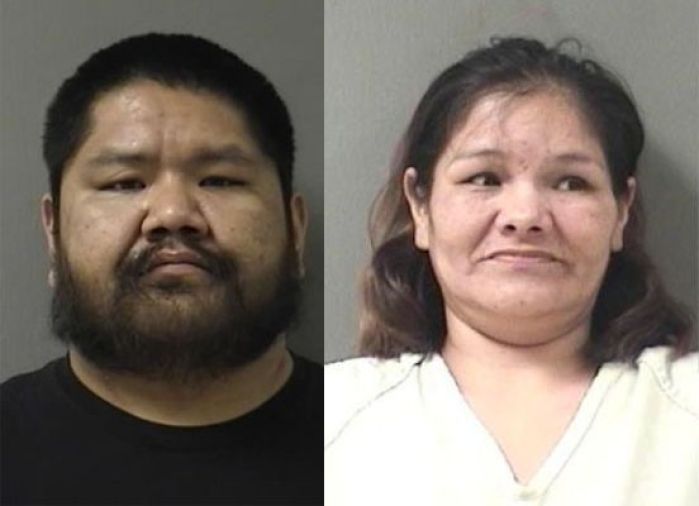
Malinda demanded that the police go and investigate Hanna’s car, which was still on Muddy Creek Road. The police went with them, looked at the car but didn’t touch it, and said that there were no signs of foul play or anything suspicious about it. Right after the police left, it suddenly dawned on them that they had yet to check the trunk of the car. With trepidation, Rose opened the trunk, but Hanna wasn’t there.
Hanna’s family organized a search party on July 6
With no help from the police, the family took matters into their own hands, and organized a search party via Facebook. The Northern Cheyenne Search and Rescue Chief, Ed Joiner was quick to respond, and that night, he and his crew started looking around Muddy Creek where the car was left abandoned; by morning, almost a hundred people had shown up.
Garrett and Gena joined the search party and were trying to get people to look in another direction, on the west side of Muddy Creek. When Malinda got wind of this, she immediately walked right up to them and told them to leave. Perhaps fearing that the body would soon be found, the couple fled the state of Montana.
Monday came, and the tribal police joined the search along with the Federal Bureau of Investigation (FBI). The first piece of evidence that they found was Hanna’s shoes, located outside unoccupied trailers near Hanna’s car; these trailers were sometimes used by teenagers for parties. Hours later, Hanna’s half-naked body was found in the woods. As the body was left exposed to the heat and the elements for days, it was badly decomposed.
The FBI took over the case
Due to the condition of the body, the FBI couldn’t run a rape kit, or determine the cause of death. There was no DNA or anything that could connect anyone to her murder. As the last persons to have seen Hanna, Gena and Garret became the primary suspects, but they couldn’t be arrested due to lack of forensic evidence.
The FBI was keeping tabs on the couple, who were laying low in two different states. Eight months later, there was a break in the case – Gena was drinking with a relative in Rapid City, South Dakota, when she admitted to killing Hanna. The relative then informed the FBI, and Gena and Garrett were arrested simultaneously the next day.
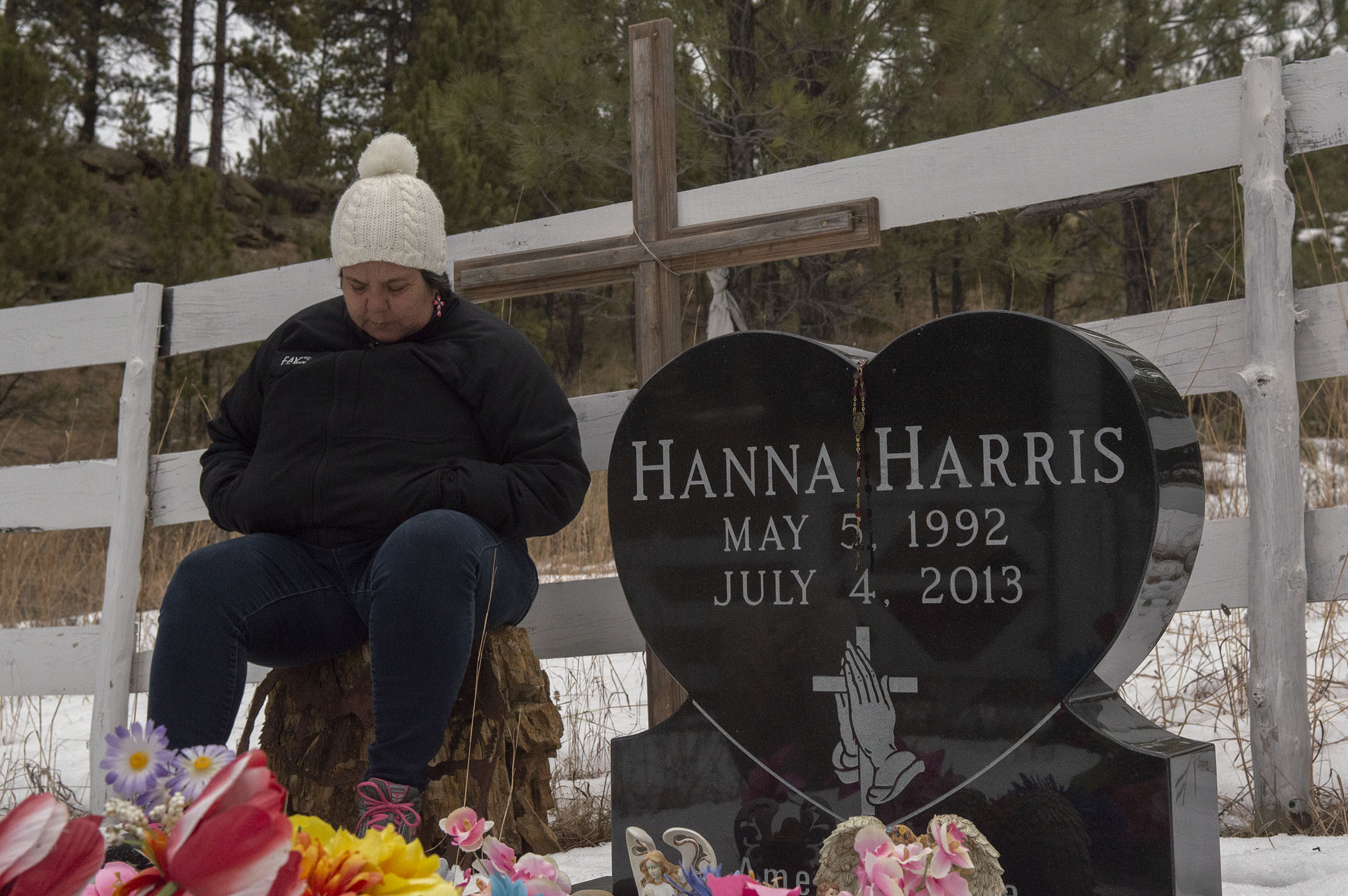
Gena was forthcoming with details of what happened to Hanna. She said that after she and Garrett left the Jimtown bar, they ran into Hanna and wanted to hang out with her. All three continued to drink in a trailer until they were all heavily intoxicated, and passed out. Gena said she woke up to Hanna screaming as Garrett was raping her. She tried to get Garrett off Hanna but was hit by the latter in the process, which made her so mad that she ended up beating and strangling Hanna to death. The two wrapped the body in a sheet and dragged her outside into the woods. Gena pleaded guilty to second-degree murder, and was sentenced to 22 years in prison.
However, Garrett denied raping Hanna, and claimed that he woke up after she was already dead. He only admitted to helping Gena move the body. Since there was no DNA evidence to implicate him in the rape and murder, it was his word against Gena’s. He was charged with accessory to murder after the fact, and hepleaded guilty and was sentenced to 10 years imprisonment.
The aftermath
The family felt that justice was not fully served. They knew it was already too late to save Hanna even if the police took action the first time they reported her missing. However, if they had acted fast, her body would have been found much sooner, which meant that there would be enough evidence left to process to give her the justice she deserved.
According to Sam Long, Hanna’s father, this tragedy had put his and Malinda’s life on hold. He said, ‘No parent should ever have to go through this. This loss of a child especially to something so cruel and inhumane like murder; this unknowing is very devastating and mind numbing.’ Hanna’s story didn’t end here as her family organized marches and pushed their Montana representative to address the problems of unsolved disappearances and murders at the reservation.
Hanna’s Act, also known as House Bill 21, was signed into law in 2019. This meant that a special position in the Department of Justice would be created that would assist the investigation in cases involving missing persons and murders in the state of Montana.
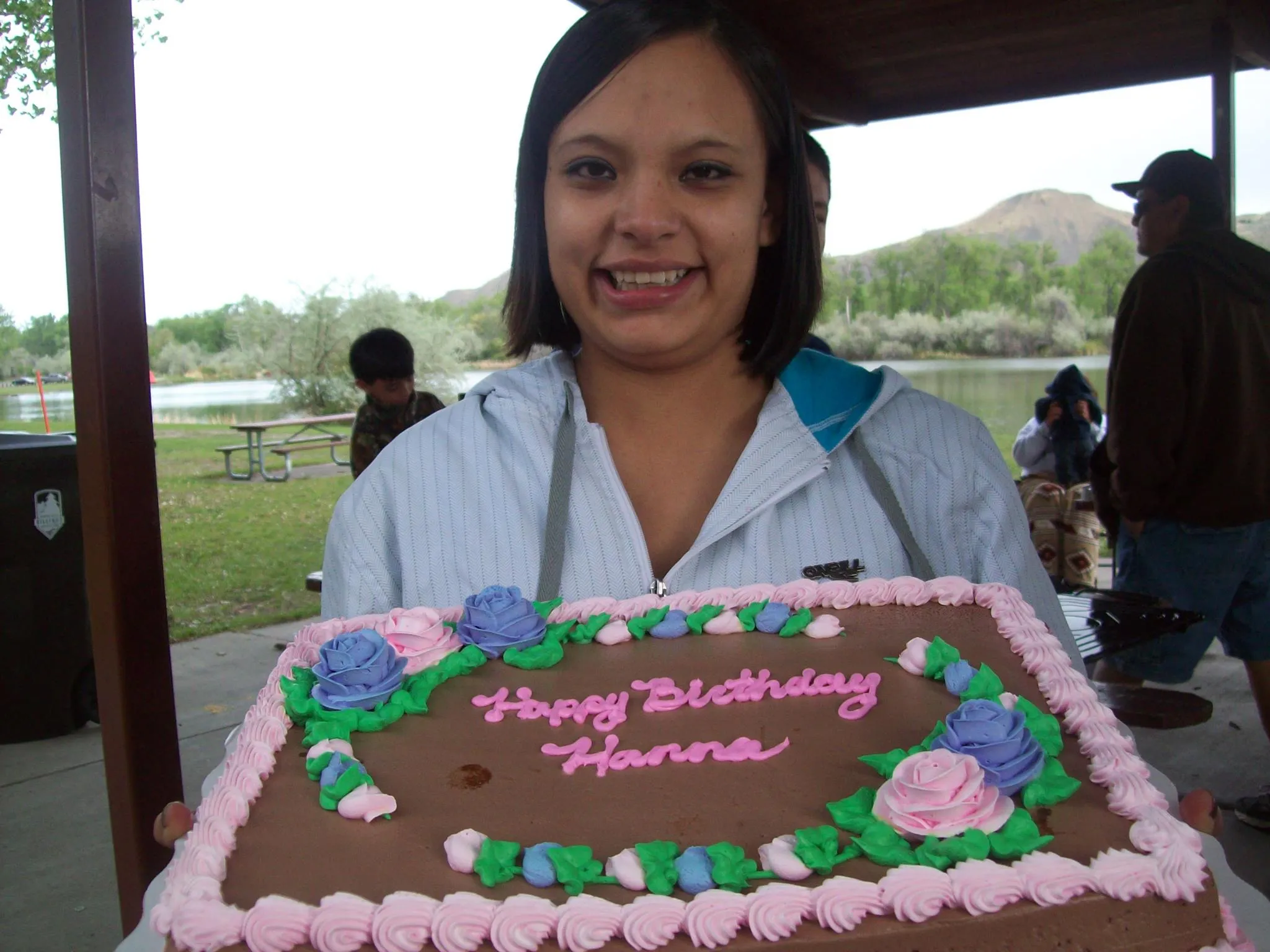
US President Biden proclaimed 5 May 2022 as Missing or Murdered Indigenous Persons Awareness Day. He stated: ‘I call on all Americans and ask all levels of government to support Tribal governments and Tribal communities’ efforts to increase awareness of the issue of missing or murdered Indigenous persons through appropriate programs and activities.’
“True Life Crime” reporter Dometi Pongo said goodbye to the family and thanked them for letting him tell Hanna’s story. Hanna’s son, Jeremiah, said that ‘People doesn’t get second chances to be babies,’ and when asked why he would want to be a baby again, his reply was, ‘So I can see my mom again.’

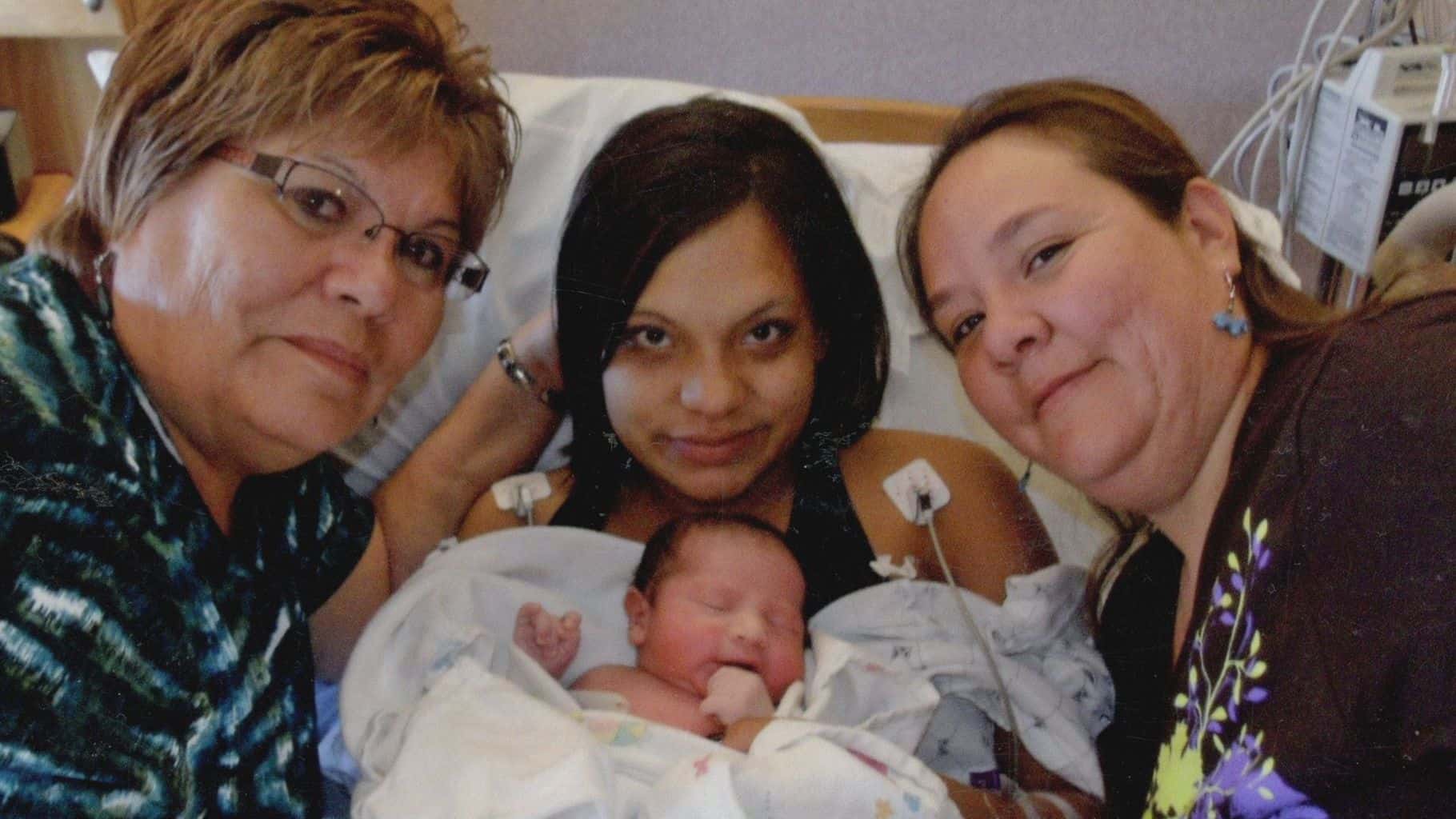

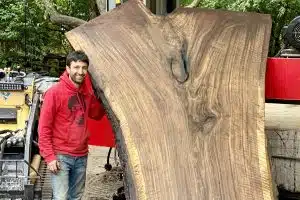
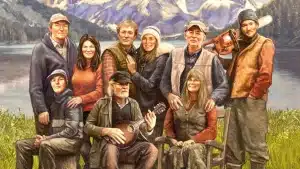


Leave a Comment